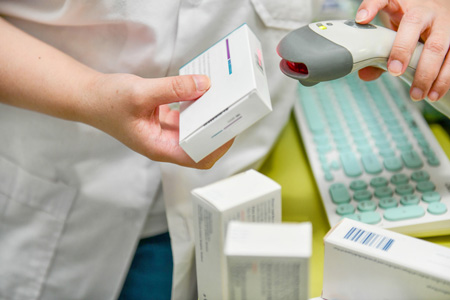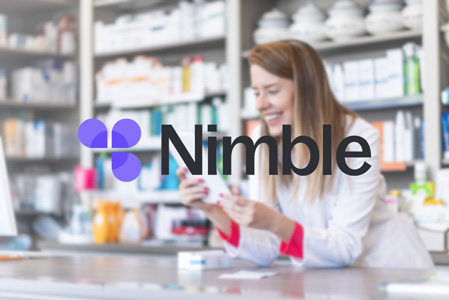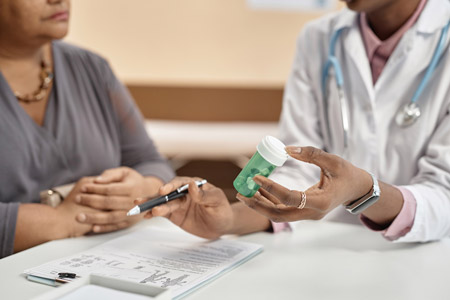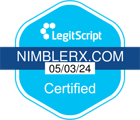


The Future of GLP-1 Drugs and Possible Innovations
We live in very exciting times in the world of healthcare and patient experiences. New drugs, therapies, and models of patient-centered care mean that there are more options than ever before for patients to stay healthy and be well.
One of the latest breakthroughs to hit the market, and the public consciousness, is GLP-1 agonist drugs. These are a large class of drugs that mimic a hormone our body naturally produces, Glucagon-like peptide-1, to help with blood sugar regulation and weight loss. You may have heard of these medications being referred to as semaglutides, which is one of the generic medication names within the GLP-1 agonist drug class.
While these medications aren’t totally brand new, we’re definitely just seeing the first stages of how these drugs can help patients and what their different use cases might be. So let’s dive into the current market for GLP-1s, how the administration of these therapies might change, and what patients might benefit from taking GLP-1s beyond diabetes management.
The Current Market Trends for GLP-1 Drugs
The current market trends for GLP-1 drugs are incredibly buzzy. The media attention on this class of medications has only helped bolster interest among patients — even in those without diabetes. According to Pew Research, from 2019 to 2021, the number of prescriptions written for semaglutides quadrupled.
A broader range of patients is responding enthusiastically to the potential dual benefits of blood sugar control and weight management. This skyrocketing interest — which is so great that many patients struggle to get their prescriptions filled — has led many pharma companies to make investments in the development of new GLP-1 formulations.
This research and development could lead to improved delivery methods, such as oral tablets and longer-acting injections, which may in turn enhance patient convenience and compliance.
The Possible Rise of Oral GLP-1 Medications
Given that at-home injections are inconvenient and possibly even inaccessible for some patients, many pharma companies have investigated different methods for the administration of GLP-1 drugs. As of June 2024, the Food and Drug Administration (FDA) has approved one oral GLP-1 medication for the treatment of type 2 diabetes.
Given the added convenience and accessibility of daily oral medications, it’s likely that more manufacturers may invest in researching and developing oral GLP-1 medications.
How GLP-1 Drugs May Expand Beyond Diabetic Management
As mentioned, though GLP-1 medications were developed for the use of blood sugar management in diabetic patients, these drugs are now being prescribed for several reasons. Most notably, GLP-1 drugs have been used to help patients with obesity who have struggled with weight loss lose significant amounts of weight when coupled with diet and lifestyle changes.
In addition, the FDA has cleared the use of GLP-1s to lower the risk of cardiovascular disease for patients with obesity due to the added benefits that these drugs have had on cardiovascular functions as a result of sustained weight loss.
It’s safe to say we’ve barely cracked the surface of the full impact that GLP-1 drugs will have on healthcare, the pharmacy industry, and the future of patient wellness.
The information on this site is for informational purposes only and should not replace direct medical advice, diagnosis, or treatment from your doctor or another qualified healthcare provider.
Sources:
“GLP-1 Agonists.” The Cleveland Clinic.
“FDA approves first oral GLP-1 treatment for type 2 diabetes.” U.S. Food and Drug Administration.



















.jpg)





















.jpg)

















.jpg)


























.jpg)
.jpg)
.jpg)













